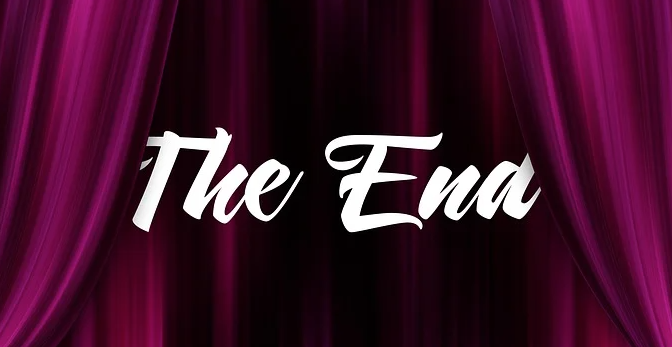We are less than one month away from the end of 2020. Can I get an amen?
For the first time in December’s history, people aren’t complaining about how quickly time has gone or reminiscing of the year’s memories. Instead, we are eager to bid farewell to this awful year – holiday decorations have been up for weeks, New Year’s resolutions are on the brink of already being broken, and 2021 calendars are poised and ready.
The end of 2020 is as wildly anticipated as “Avengers: Endgame” was, which proves how important endings are.

Endings are the new beginnings
Think about the last movie or television series you watched. If I asked you whether it was good or not, your answer likely depends on if you enjoyed the ending.
After all, there are plenty of beloved TV shows that even die-hard fans would agree had a rocky start – “The Office,” “Parks and Recreation,” “Arrested Development.” These shows notoriously took a few episodes (or seasons) to get the hang of things, but we remember them as incredible because they stuck the landing. Whereas, conversely, people remember nothing else about amazing shows like “Lost” and “The Sopranos” other than they completely botched their finales.
Thus, while much of our attention when we’re training on executive summaries talks about the importance of that first line/paragraph, we cannot go into the new year without emphasizing the importance of a strong close.
So, what are the makings of a good-bye versus a bad-bye? Here’s five quick tips:
1. Don’t say thank you
If you’ve listened or been to any of our training sessions, you know one of our first rules of openings is to not start with thank you. It’s dull and weak, and that is true whether you put it at the front or the end. Having gratitude is fine, but your open and close need to be powerful.
2. Close strong
Much like saying thank you is a weak way to end your executive summary, we see a lot of cover letters that close with something like, “If you have any questions or need to discuss anything further, please do not hesitate to contact my office at 123-456-7890 or you can reach me directly on my cell at 987-654-3210. You can also email me at [email protected].”
Desperate much? Close with some confidence, acting as if you’ve already won the business.
3. Follow the formula
Whether you remember it from your formative years or from our August blog post, there is a formula to writing: Intro + Body + Conclusion. Your intro should – gasp! – introduce the things you’ll mention in the body paragraph(s), and the conclusion should wrap everything up in a nice bow. For those keeping track, in an executive summary, the conclusion would be the summary of the summary’s summary.
4. Tie it all back
An easy way to add flair to any ending is to employ a cyclical tactic. If your intro used statistics for emphasis, do it again for the ending. If you grabbed the reader’s attention at the beginning with an anecdote or testimonial, call it back. Remember you’re telling a story, and the best ones always emphasize the arc.
5. Be purposeful
The end of your executive summary should not simply be when you are done writing or out of information. Just as you should put great thought into the opening, the ending needs to be as purposeful. In fact, we’d argue the ending is even more vital because not only does it need to be as noteworthy or memorable as the beginning, but it also often has the task of including your call to action.
The end
Ideally, the entirety of your executive summary would be an example of perfect writing. For each client, we hope you are grabbing them from the start, focusing on their specific needs and ending with a call to action that is meaningful and moving.
However, as we close out 2020, it’s hard not to focus on the ends of things. And, the way I see it, knowing how to write a strong ending is like having a superpower – some might even say it’s almost like being an Avenger.
(See what I did there?)

Don’t be sad. We’ll be back on the first Monday next month with a new blog post. If you can’t wait that long – whether because you have a topic you’d love us to cover, a question or you simply want to throw your two cents into the pot – we love talkin’ shop, so drop us a line.






